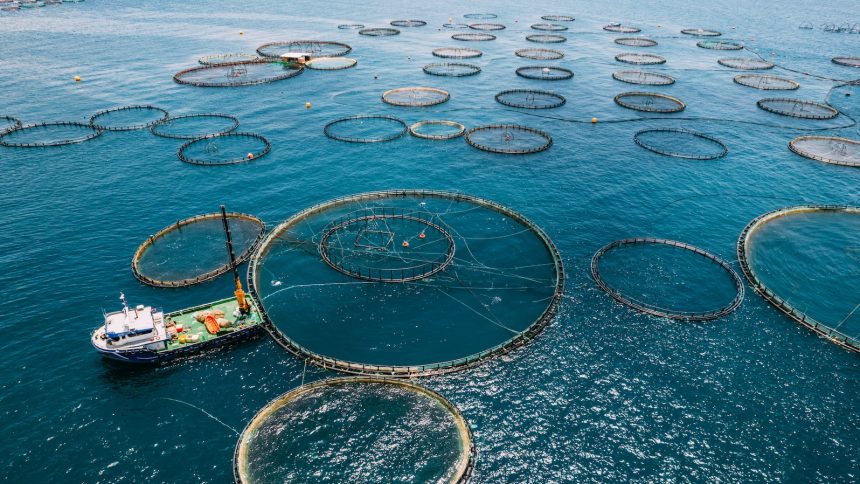A recent report from the United Nations’ Food and Agriculture Organization (FAO) revealed that global aquaculture production surpassed wild catch in 2022, marking a significant milestone in the seafood industry.
The FAO’s annual report highlighted record-high global production of 223.3 million metric tons of aquatic animals and plants in 2022, with aquaculture accounting for 51% of the aquatic animal production at 94.4 metric tons. This shift towards aquaculture is driven by the rising demand for seafood globally, which has outpaced the growth rate of the global population since 1961.
Despite the increasing role of aquaculture in seafood production, there are environmental concerns associated with both aquaculture and wild fisheries. From pollutant release to genetic pollution and overfishing, the industry faces challenges in sustainability and minimizing its impact on the planet.

To address these challenges, experts emphasize the need for sustainable seafood production practices and a shift towards more responsible aquaculture methods. Consumers can play a role by choosing locally sourced seafood, opting for smaller fish and sea vegetables, and supporting initiatives that promote environmental stewardship in the seafood industry.






